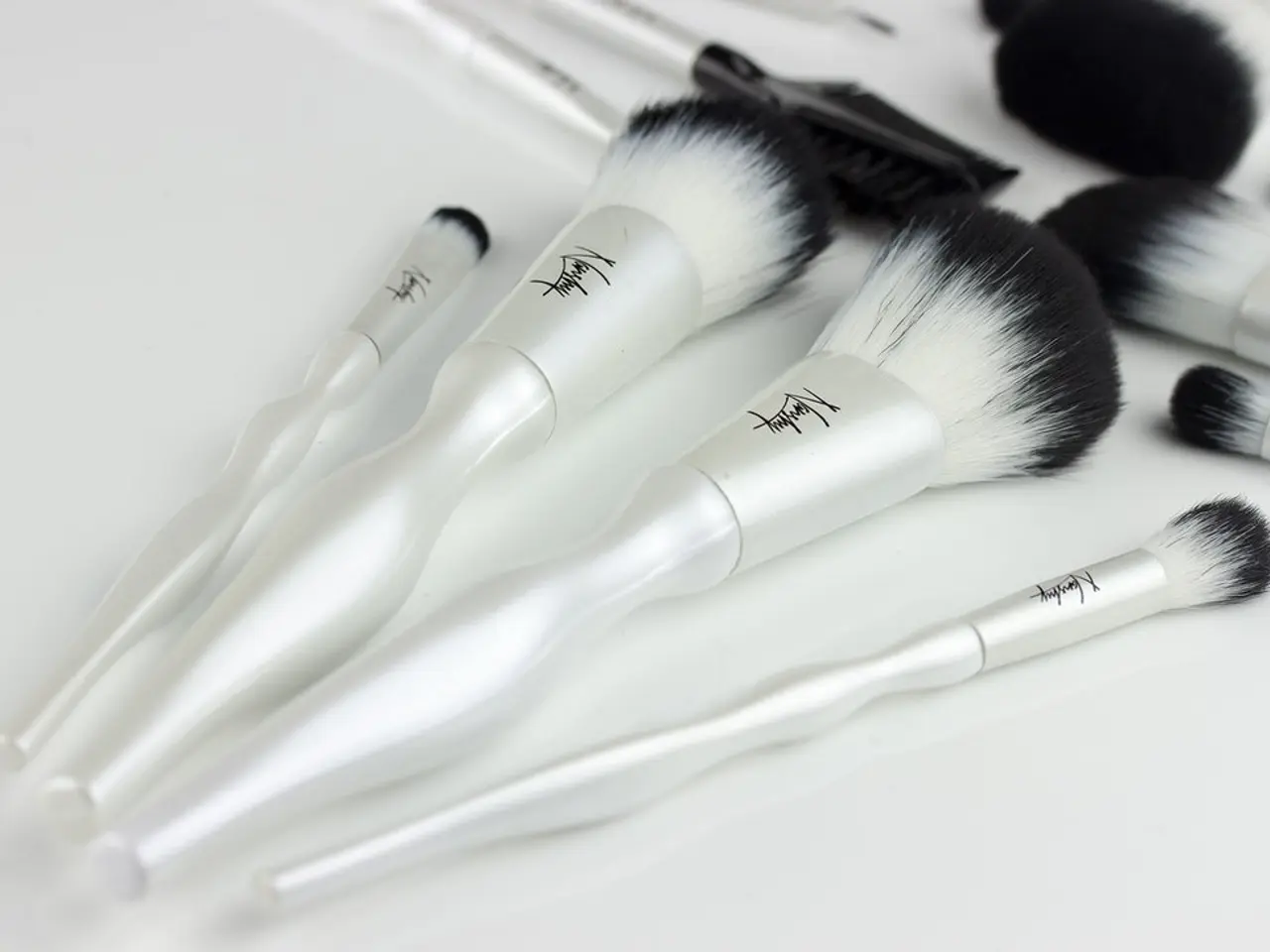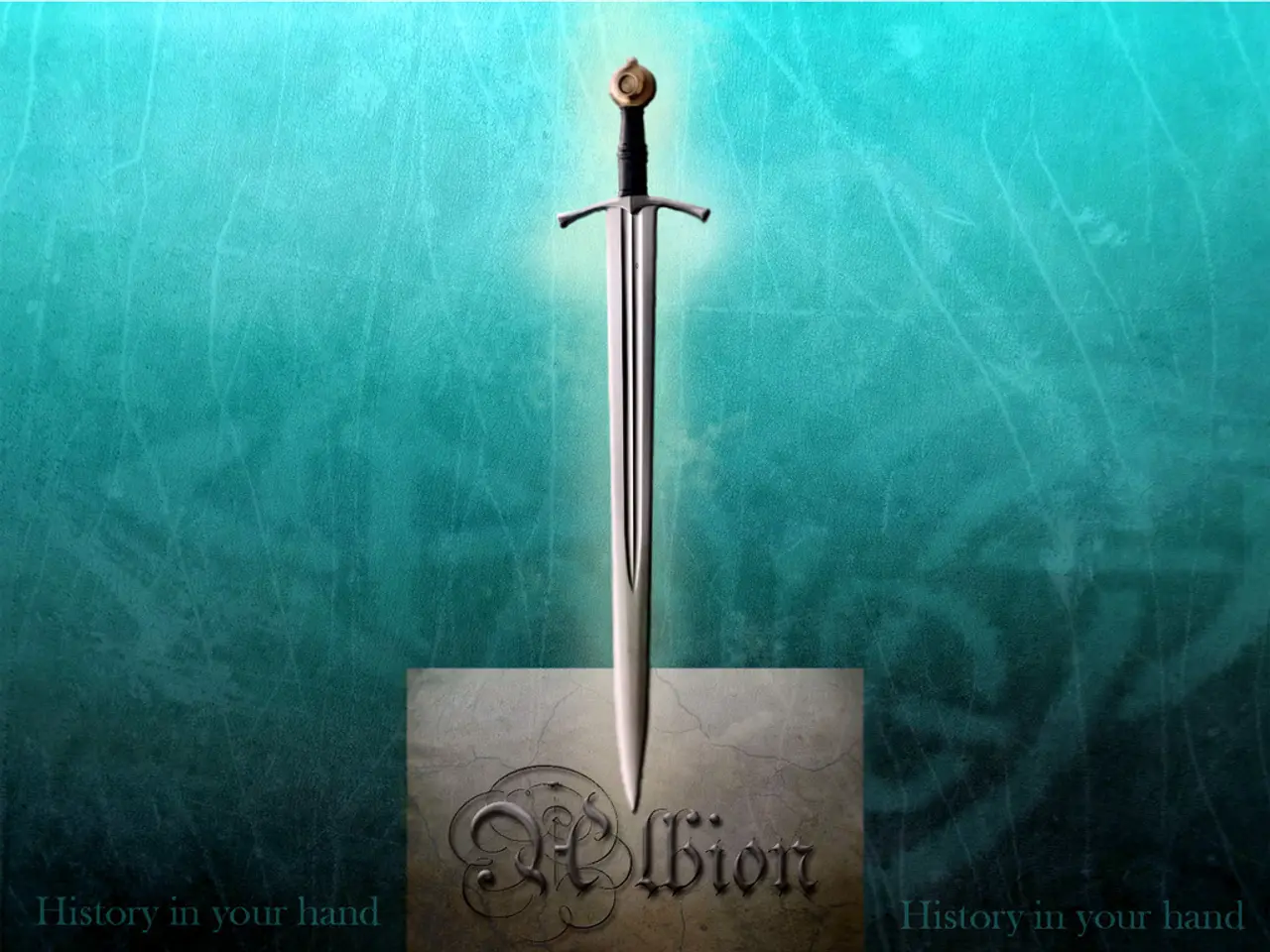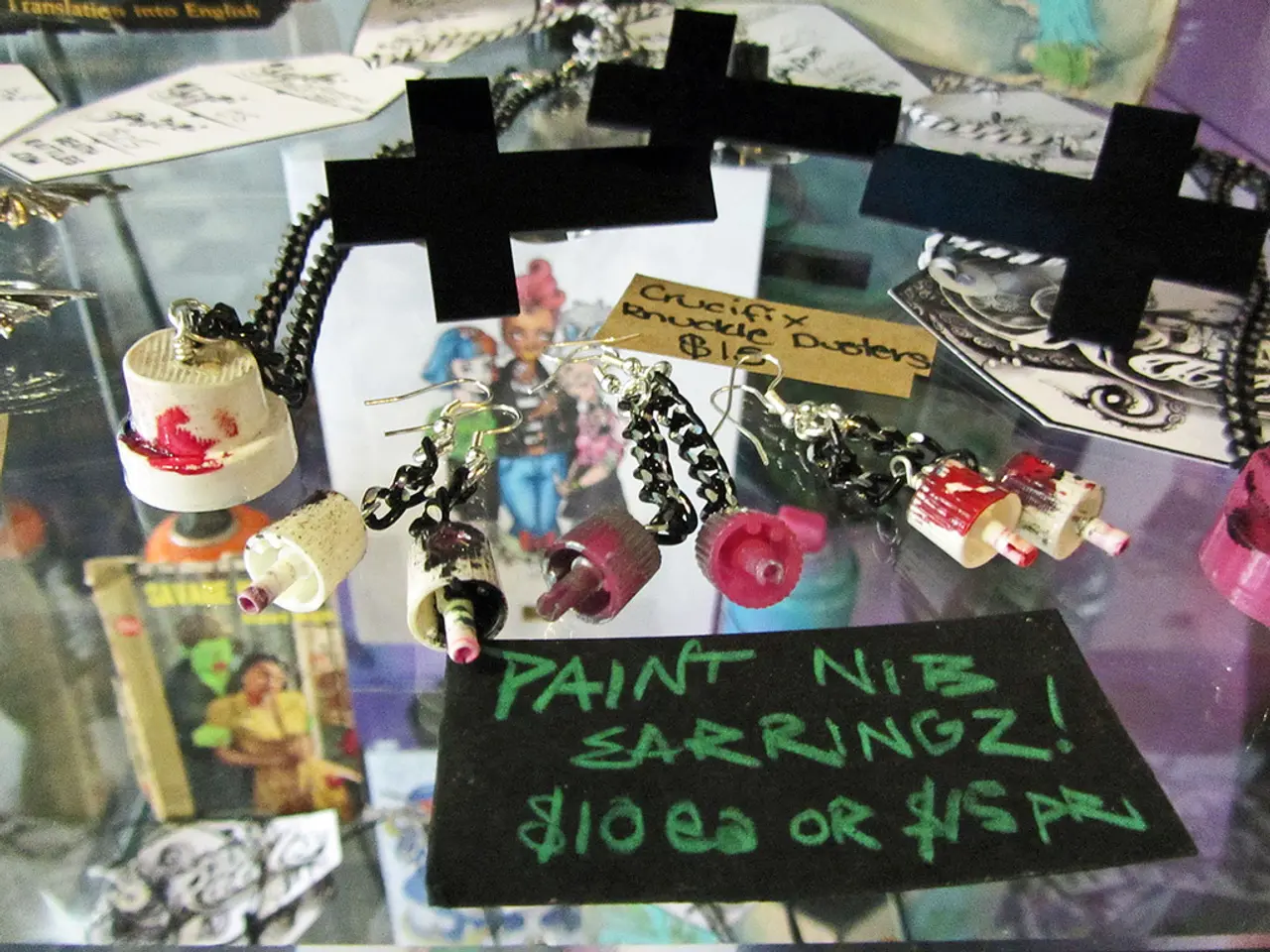Skilled Craftsman Tsubasa Yamanaka, Precision Polisher of Toyota's Impressive Vehicle Surfaces
In the bustling Tahara Plant of Toyota Motor Corporation, a quiet revolution is taking place. Tsubasa Yamanaka, a master plastics polisher, is responsible for smoothing out parting lines on the new Century's plastic parts, ensuring a sleek and mirror-like finish that is part of the tradition of this premium car model.
Yamanaka is one of the craftspeople featured in a special five-part series showcasing the artisans who work on the Century. This series, titled "Japanese Monozukuri: The Craftsmanship of Toyota's Carmaking Masters," highlights the importance of handwork in today's car manufacturing, despite the availability of advanced technologies like AI and 3D printing.
The process of molding plastic car parts, including the Century's bumpers, leaves behind faint work lines, known as parting lines. These lines are barely noticeable under four layers of paint, with a height of just 0.02 mm. However, for the new Century, these parting lines must be as sleek as possible to match the body's mirror finish.
Toyota's Tahara Plant produces the new Century, and the plastic parts of the model are primarily produced using injection molding. This method involves injecting molten plastic into a mold under high pressure, creating complex shapes and smooth surfaces, making it ideal for mass production. However, injection molding inevitably leaves faint lines where the molds come together on the resulting parts.
Yamanaka's unique approach to surface preparation for plastic automotive parts, especially bumpers, involves advanced techniques that enhance the surface quality to achieve the stunning finish of a Century bumper. While the exact methods are not publicly documented, it is understood that Yamanaka applies innovative surface preparation technology that maximizes smoothness and glossiness for plastic automotive parts.
This tailored approach by Yamanaka differentiates the bumper's finish, contributing significantly to the luxurious aesthetic of the vehicle. The process likely includes removing microscopic surface imperfections and contaminants, applying coatings or primers that enhance paint adhesion and reflectivity, and using precise polishing and finishing techniques tailored for complex plastic substrates.
Manufacturers often compromise between designs and manufacturing methods, positioning parting lines inconspicuously on car bodies. However, in the pursuit of perfection, Toyota and Yamanaka have chosen to prioritize avoiding parting lines, particularly in the case of the large bumper size of the new Century. This dedication to detail underscores Toyota's commitment to quality and craftsmanship in every aspect of their vehicles.
In conclusion, Tsubasa Yamanaka's work is essential for achieving the stunning finish of a Century bumper. His unique approach to surface preparation sets a new standard for premium automotive finishes, showcasing the artistry and dedication of Toyota's craftspeople in the Paint & Plastics Molding Division. The new Century's parting lines, smoothed down to thousandths of a millimeter by Yamanaka, are a testament to this commitment to quality and the pursuit of perfection in every detail.
The unique approach to surface preparation by Yamanaka, utilizing advanced technology, significantly contributes to the financial success of Toyota Motor Corporation in the automotive industry, as the stunning finish of the Century's bumper enhances its appeal to consumers in the luxury transportation market. Additionally, the dedication to eliminating parting lines, even in complex plastic parts, demonstrates the intersection of traditional craftsmanship and cutting-edge technology in Toyota's manufacturing processes, resonating with both the finance and technology sectors.




